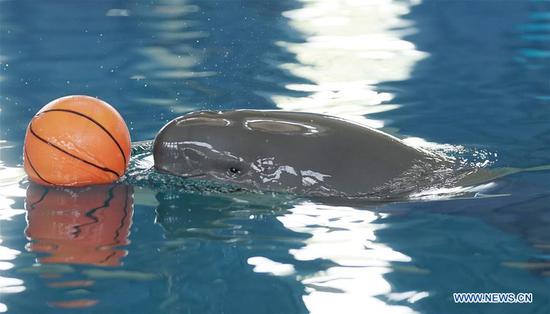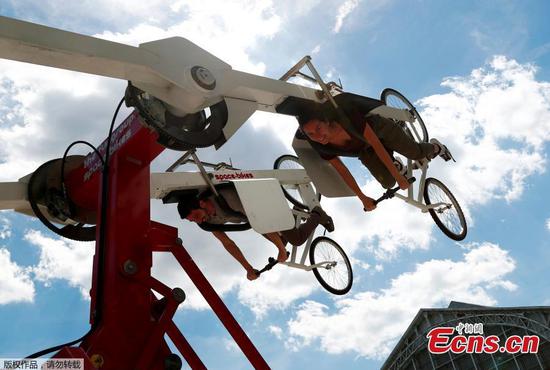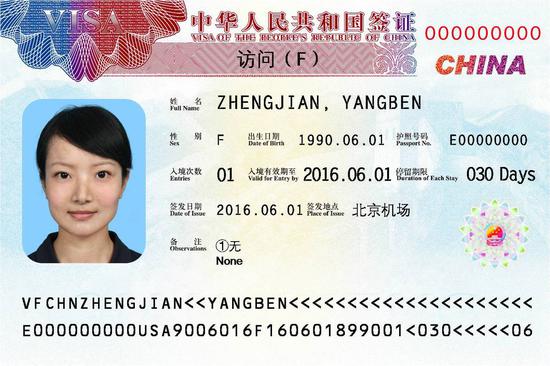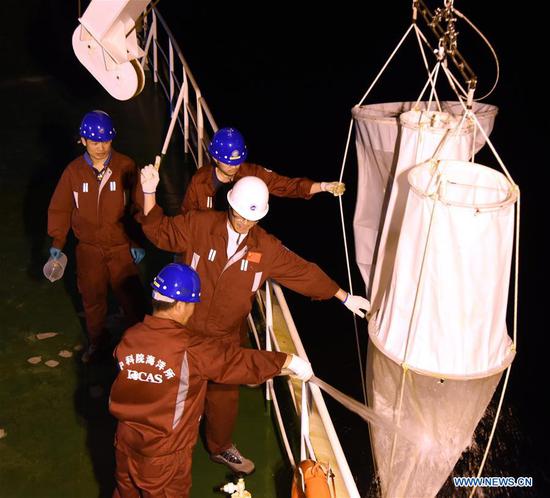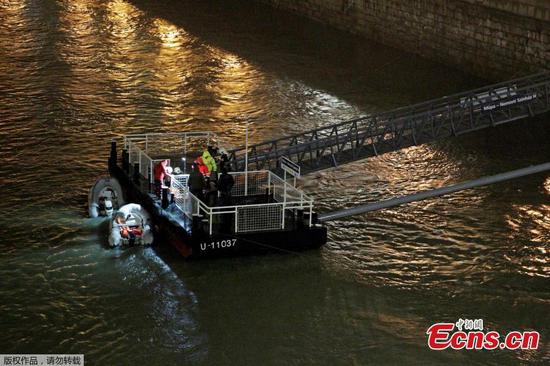
Engineers check sections of a Long March 11 carrier rocket at an assembly workshop of the China Academy of Launch Vehicle Technology in Beijing. (Photo provided to China Daily)
Technology allows Long March 11 to work autonomously on moving water
China is set to conduct the country's first space launch from a sea-based platform in its territorial waters before the end of this year, aiming to provide a new option for domestic and international clients, project heads said.
A Long March 11 solid-propellant carrier rocket will lift off from a mobile launch platform-a modified drilling rig-in the Yellow Sea off Shandong province, Li Tongyu, Long March 11's project manager, told China Daily.
"This mission was initially intended as a technological demonstration of a seaborne launch, but we later decided to make it a commercial operation," Li said in his office at the China Academy of Launch Vehicle Technology in southern Beijing.
The academy, part of the State-owned space conglomerate China Aerospace Science and Technology Corp, is the nation's largest carrier rocket developer.
Long March 11's sea launch plan will be the latest attempt in the global space industry to use a maritime launch platform for rockets. The world's first launch at sea was made in April 1967 with a Scout B carrier rocket, developed by the United States, from the San Marco platform of Italian-owned Luigi Broglio Space Center, off the coast of Kenya. The most recent sea launch took place in May 2014, when Sea Launch, a multinational joint venture, sent a Zenit-3SL rocket from the company's mobile launch platform Odyssey into orbit carrying a communication satellite.
Compared with conventional land-based launches, a sea mission has a lower risk of causing trouble for densely populated areas along the rocket's trajectory. The method also allows launches to be made near the equator, which increases the rocket's carrying capacity, lowers launch costs and extends the life span of some satellites, Li said.
Designed and built by the China Academy of Launch Vehicle Technology, the Long March 11 is the first and only solid-fuel carrier rocket in the Long March family, the pillar of the country's space programs.
The model has a length of 20.8 meters, a diameter of 2 meters and a liftoff weight of 58 metric tons. It is capable of sending 700 kilograms of payload to a low-Earth orbit, or 400 kg to a Sun-synchronous orbit 700 kilometers above the ground, the academy said.
Its first flight was in September 2015 from the Jiuquan Satellite Launch Center in northwestern China's Gobi Desert, ferrying four satellites to a Sun-synchronous orbit.
The rocket has performed six launches and placed 25 satellites into space. All the missions began at the Jiuquan center and were successful.
When the Long March 11 program started in 2010, the rocket was primarily tasked with emergency replacement of damaged satellites and sending new ones to establish a network within a short period of time, Li said.
Along with the rapid growth of China's commercial space sector, Li's team gradually realized the rocket's commercial potential and began to tap it.
"We succeeded. We have made it a popular choice for users seeking a good, affordable solid-propellant rocket," Li said.
"Compared with other solid-propellant carrier rockets in China, the Long March 11 has better reliability, a higher success rate and shorter preparation time, and it's compatible with 80 percent of small satellites in the global market," he said. "Furthermore, if the planned sea-based mission is successful, we will be able to offer our users a new option that will promise them a more flexible and cost-efficient service when it comes to launching some types of satellites."










